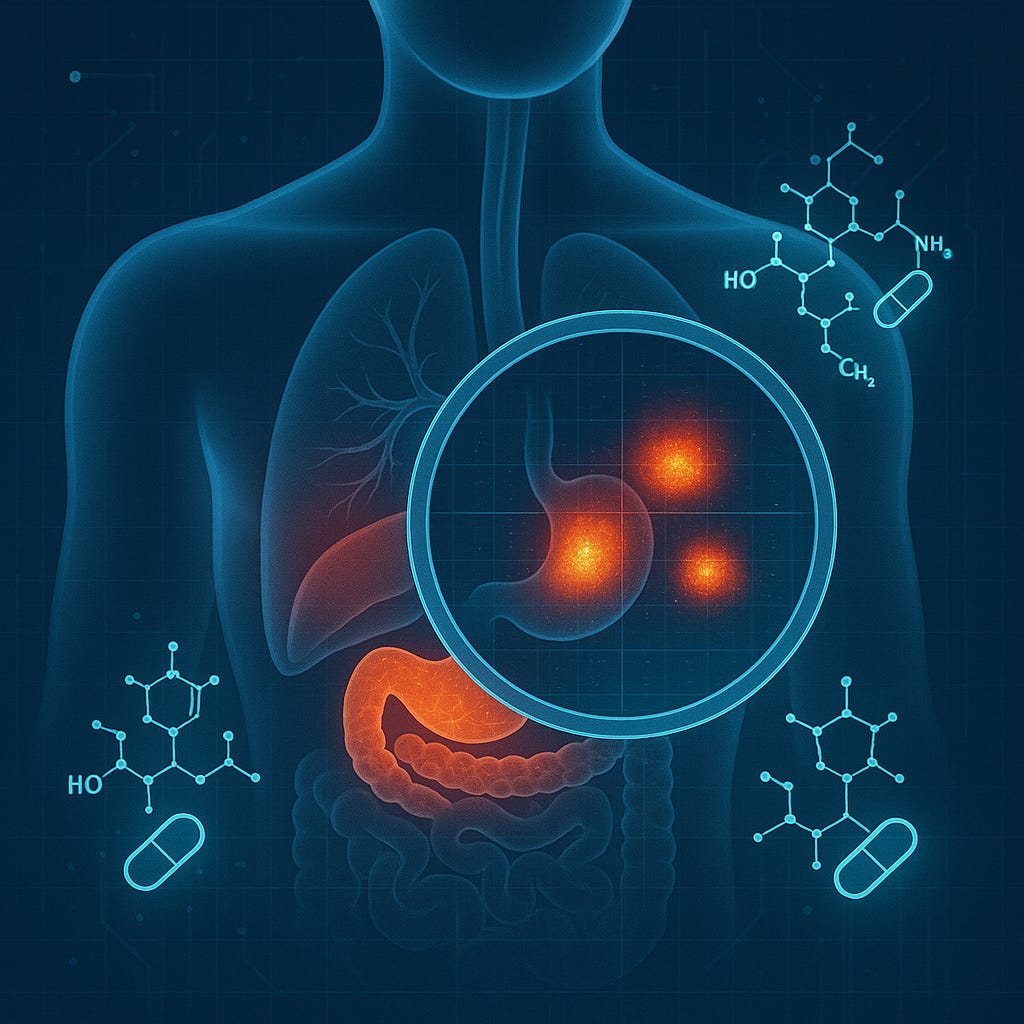GLP-1 Drugs May Distort Cancer Imaging Results
New findings show GLP-1 receptor agonists like Ozempic and Wegovy can alter PET-CT scans, prompting caution among doctors interpreting cancer tests.
Researchers have identified that GLP-1 receptor agonists may influence the results of fluorodeoxyglucose (FDG) PET-CT scans used in cancer diagnosis, potentially leading to misinterpretation if clinicians are unaware of a patient’s medication history.
Study Details:
A retrospective review led by Peter Strouhal, MBBS, at Alliance Medical in Warwick, England
Keep reading with a 7-day free trial
Subscribe to Just Healthcare to keep reading this post and get 7 days of free access to the full post archives.


